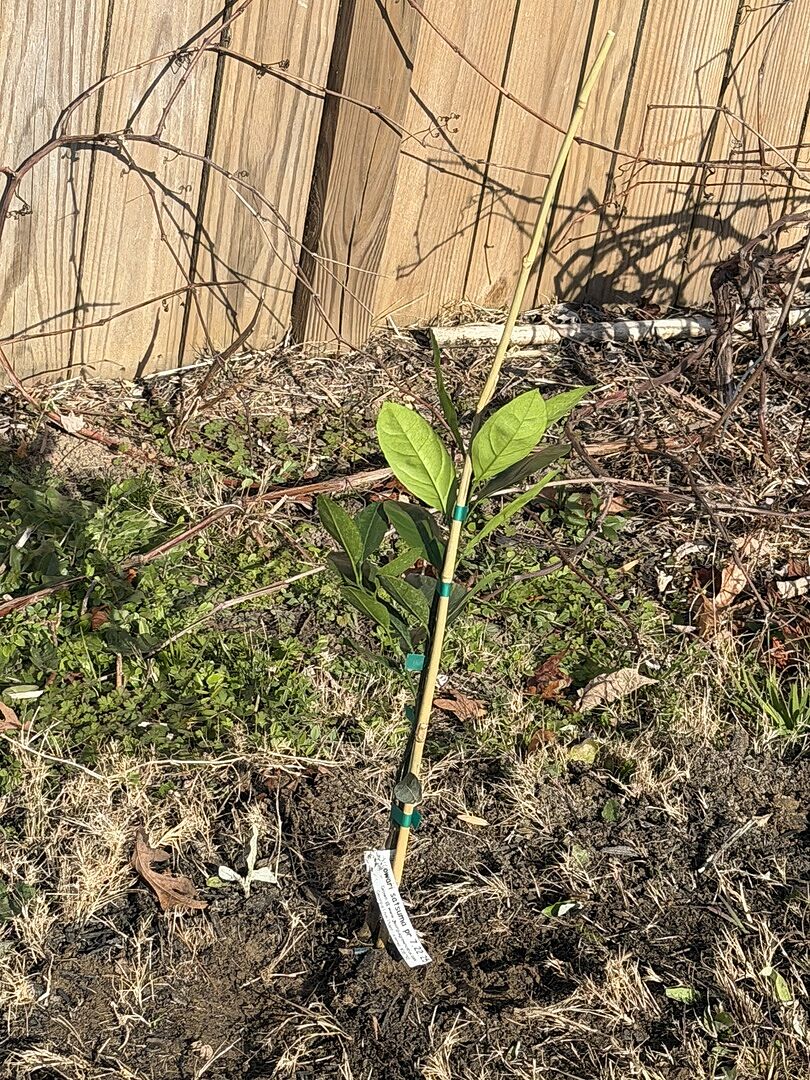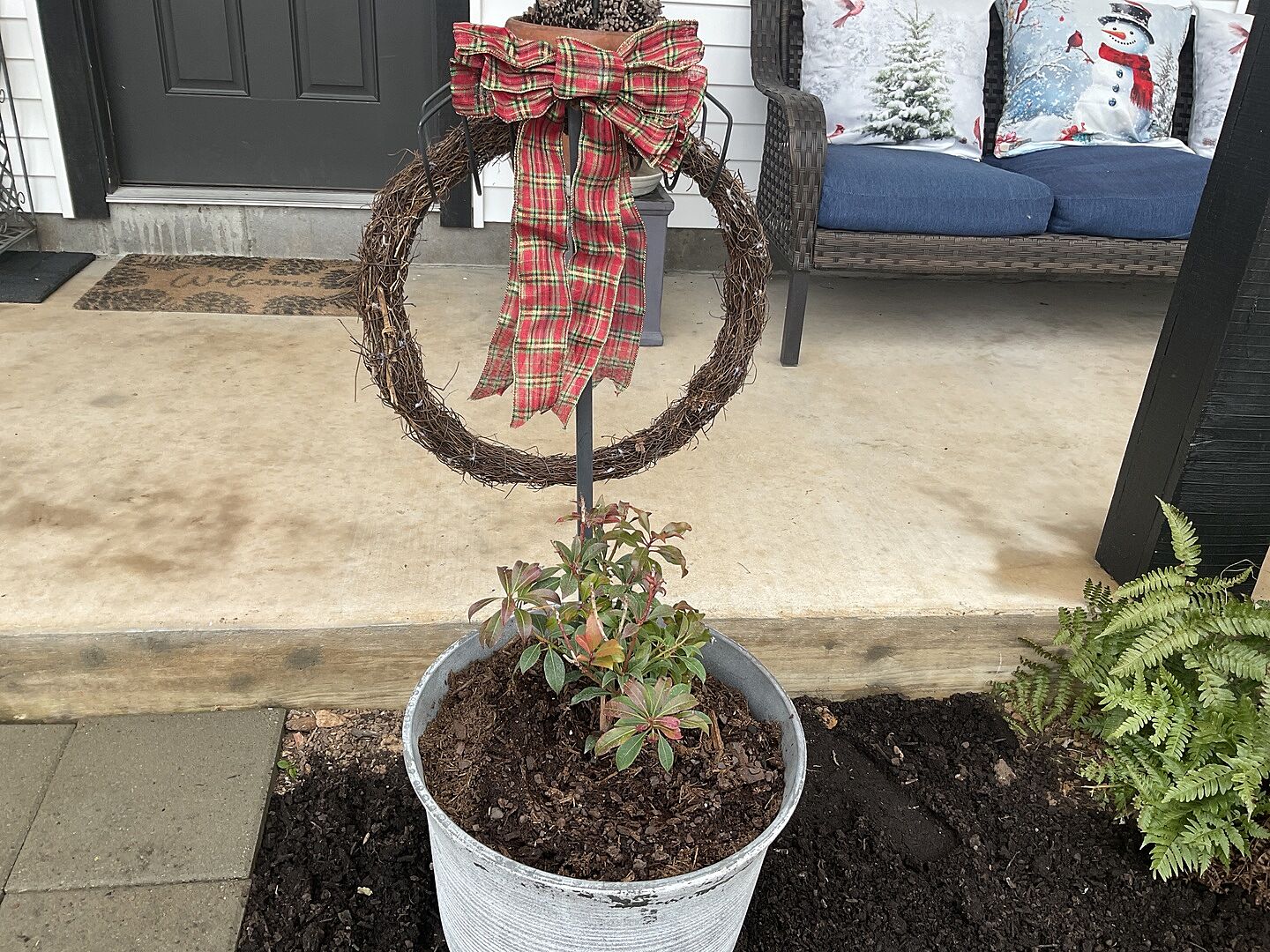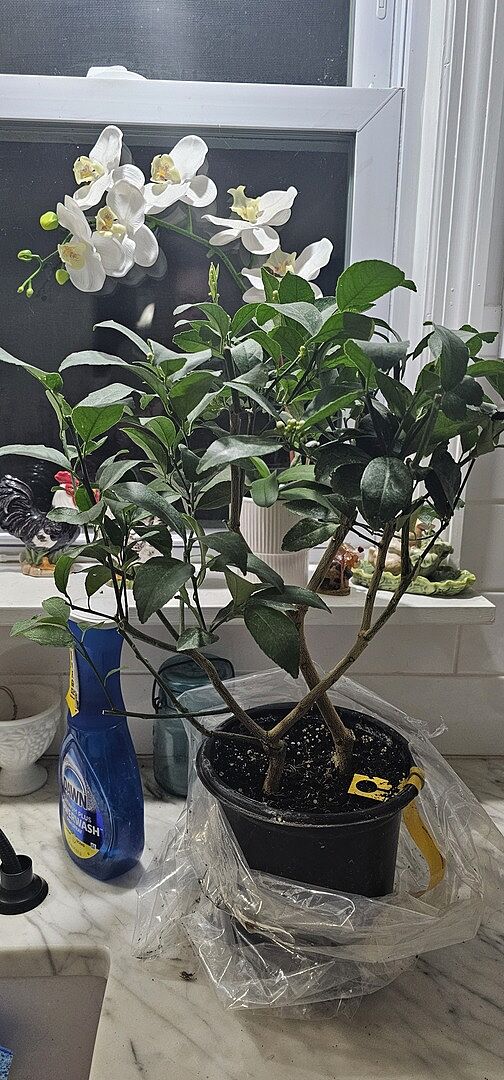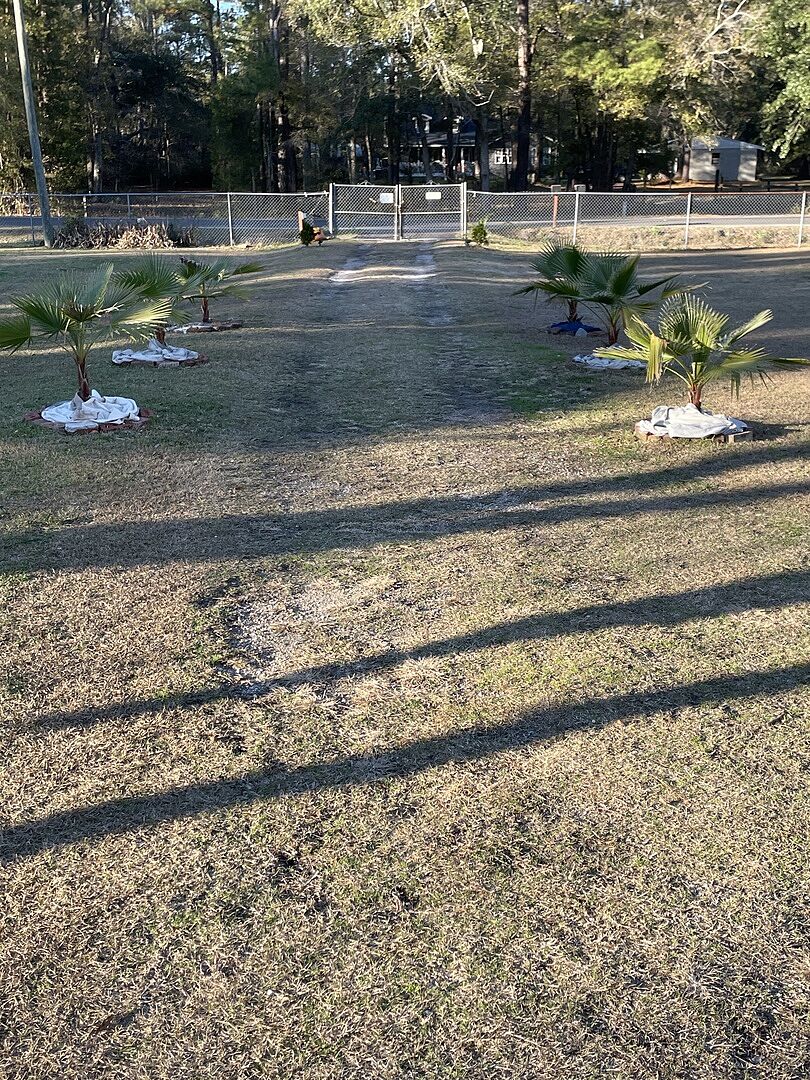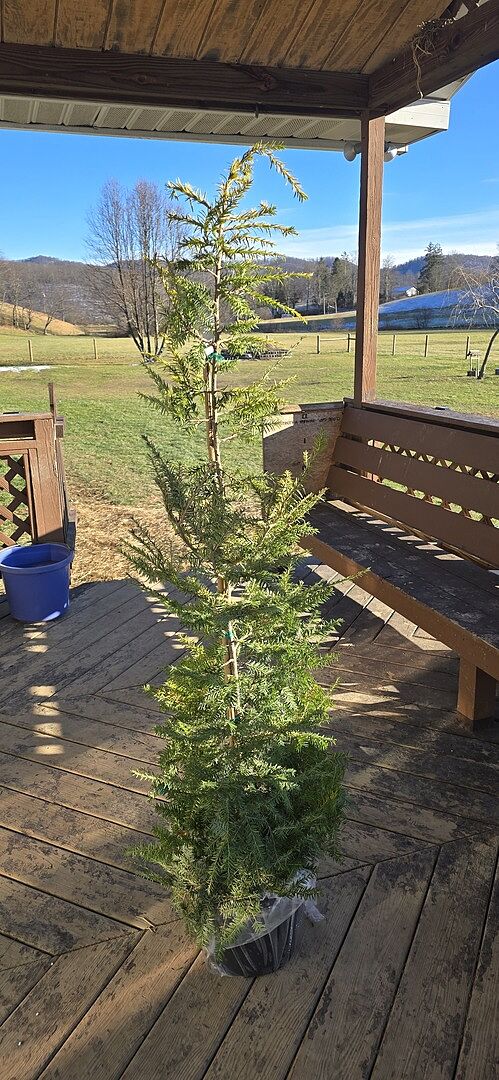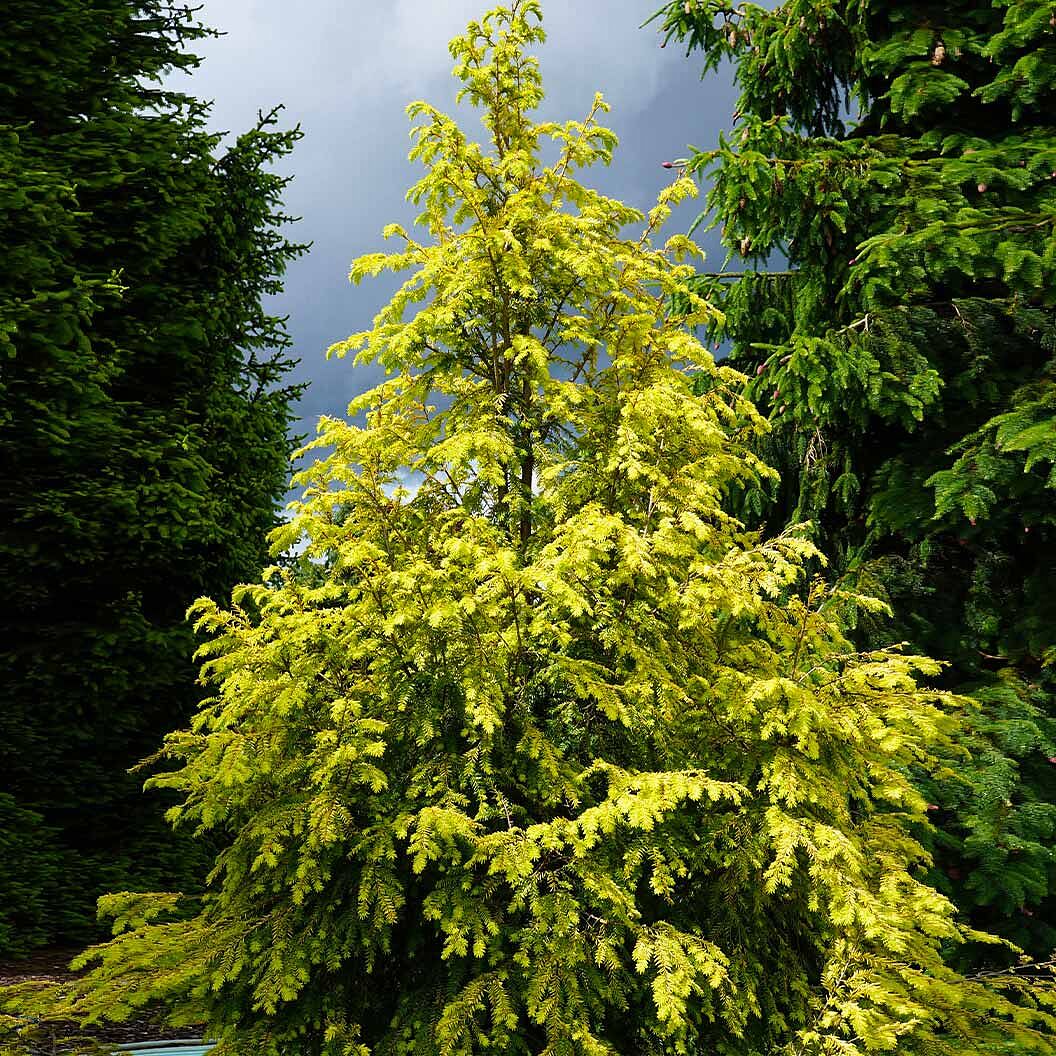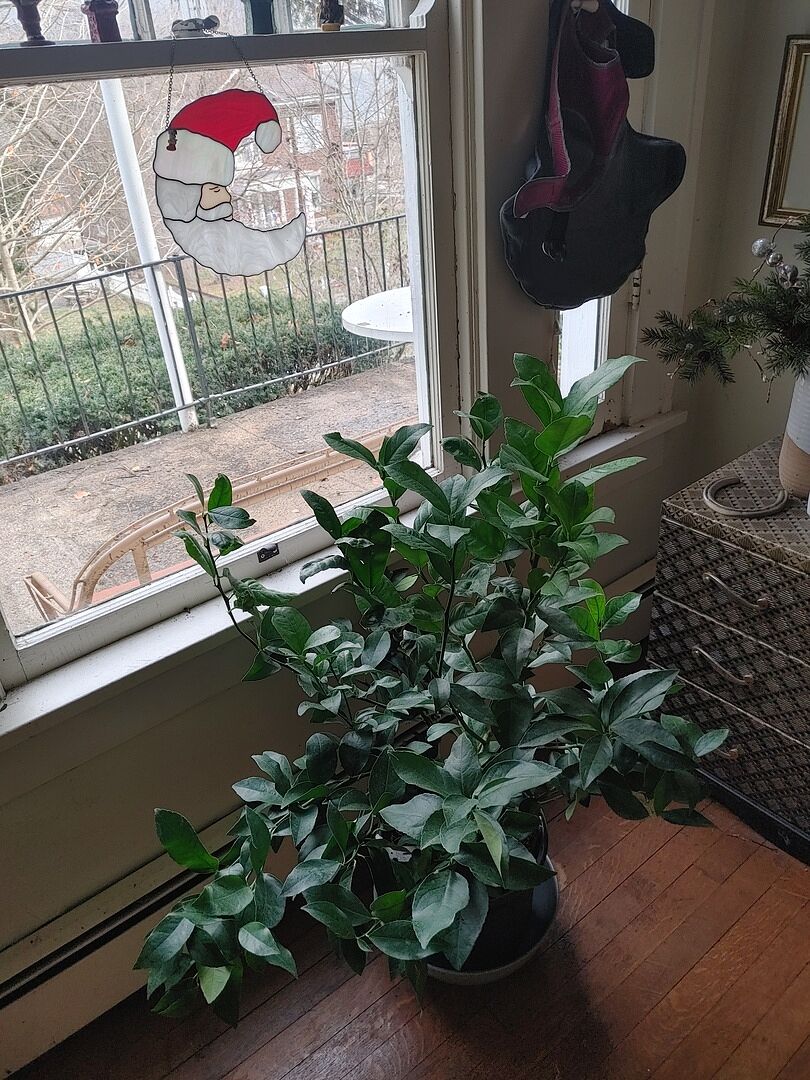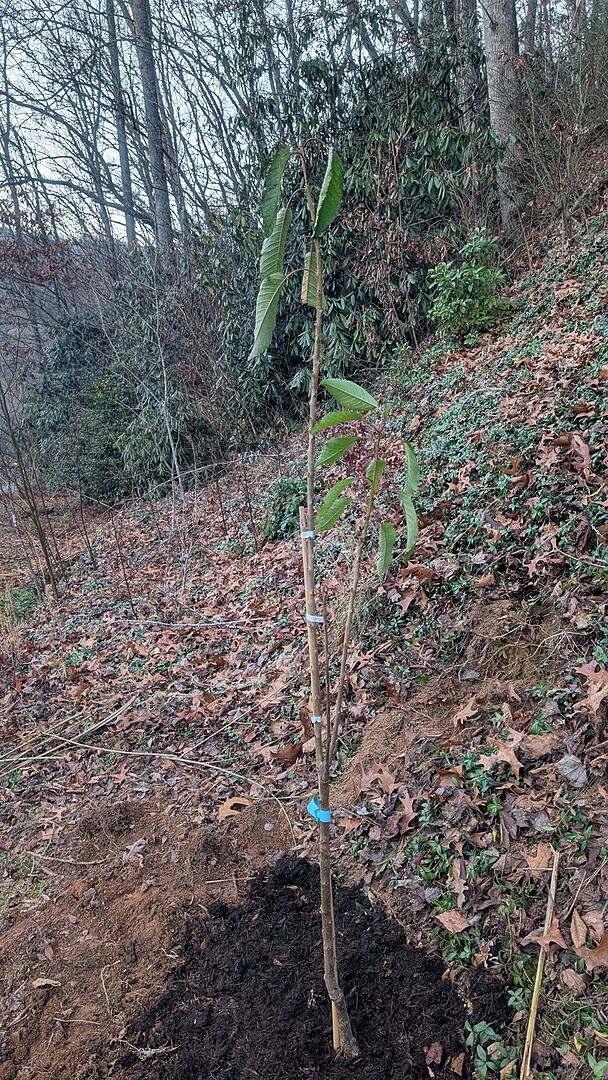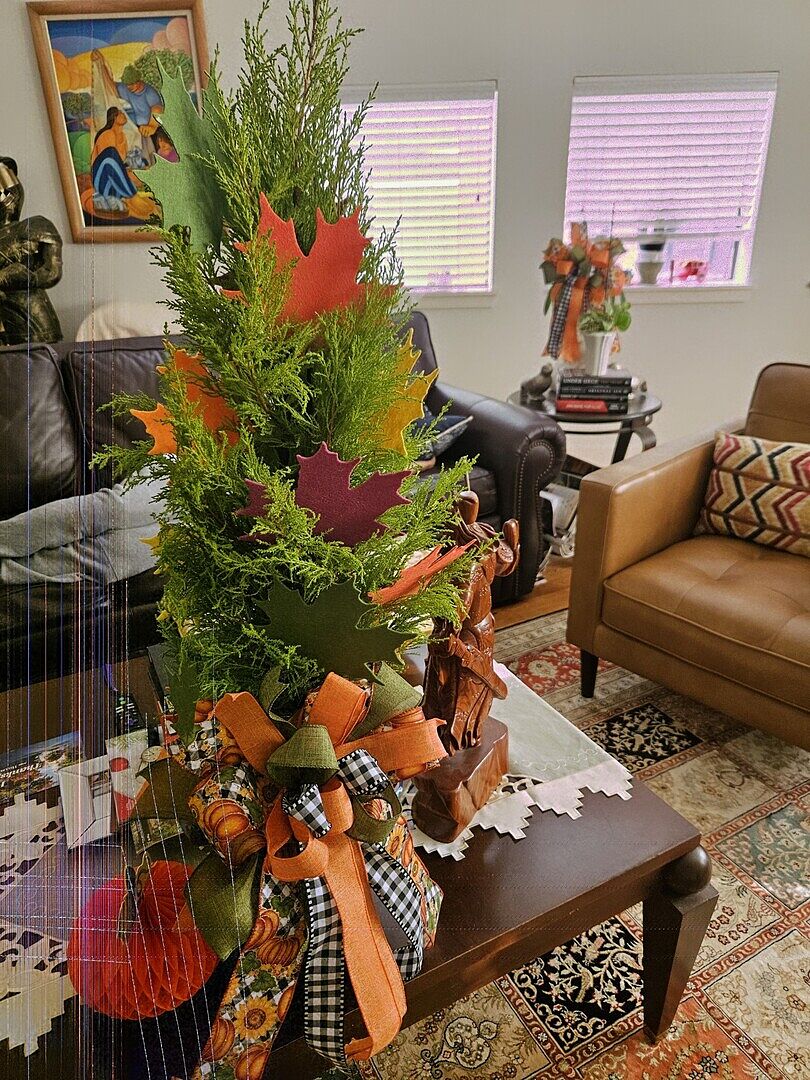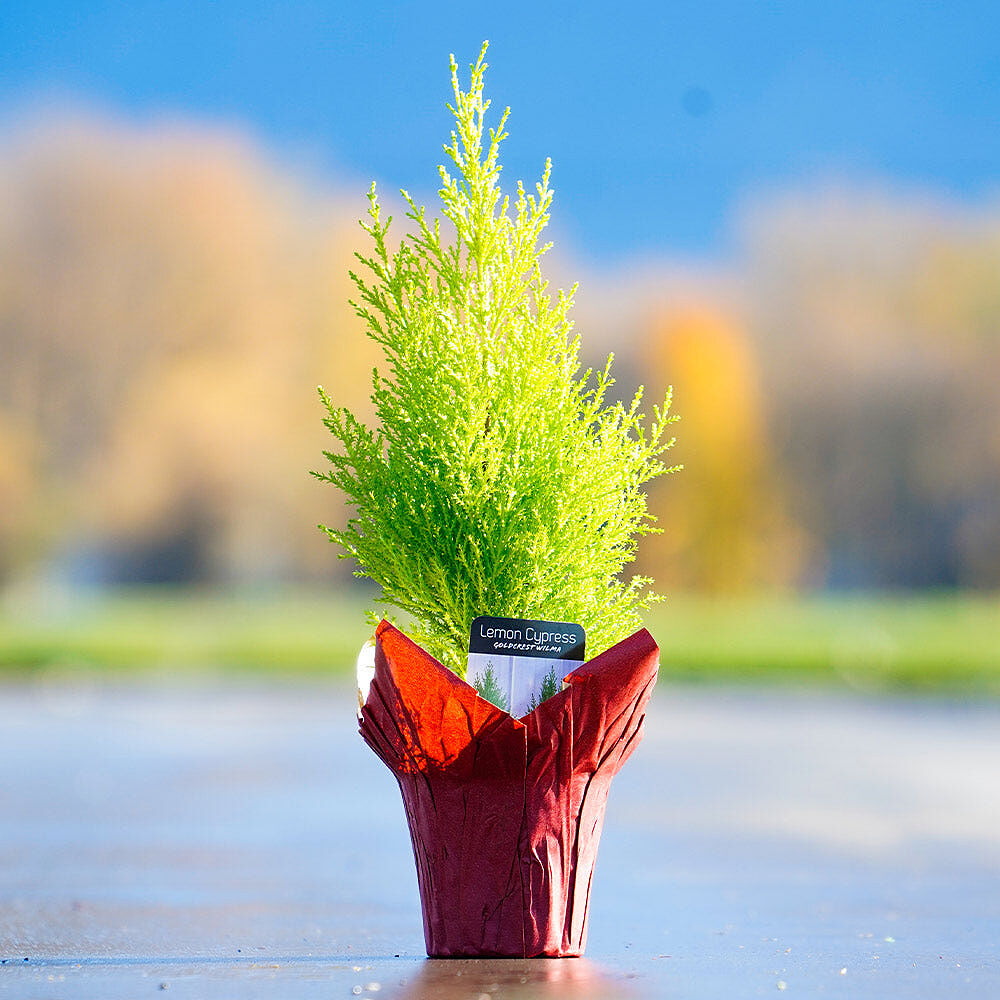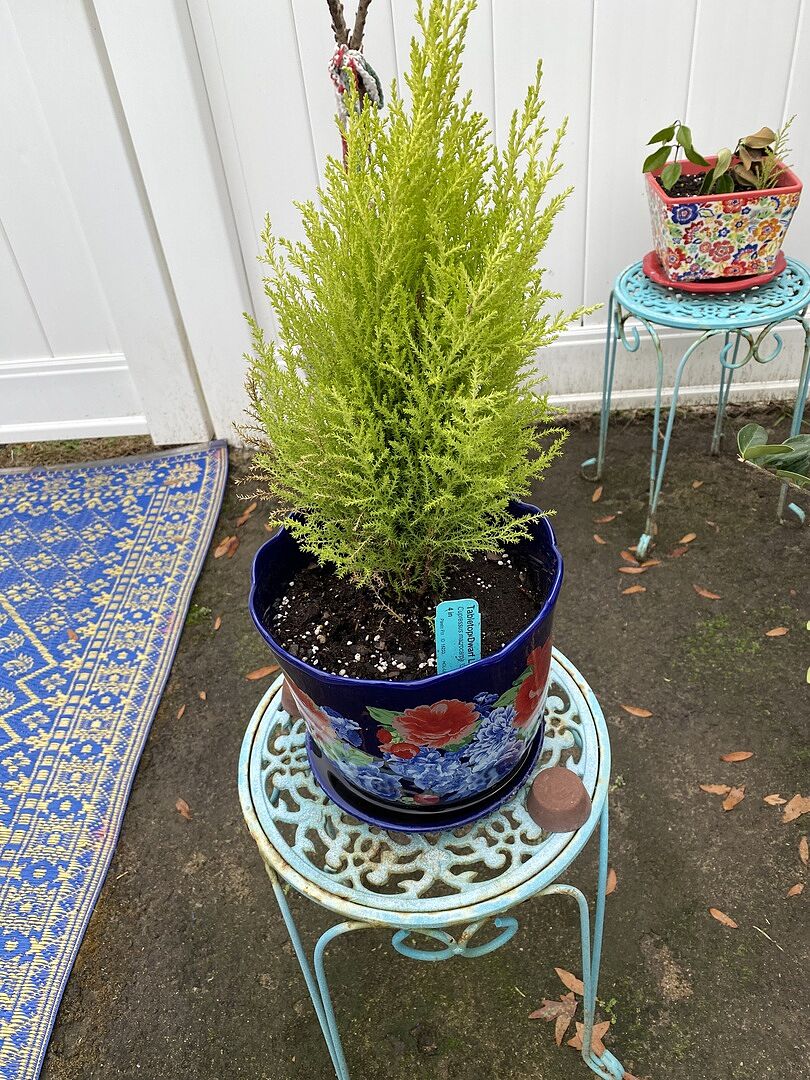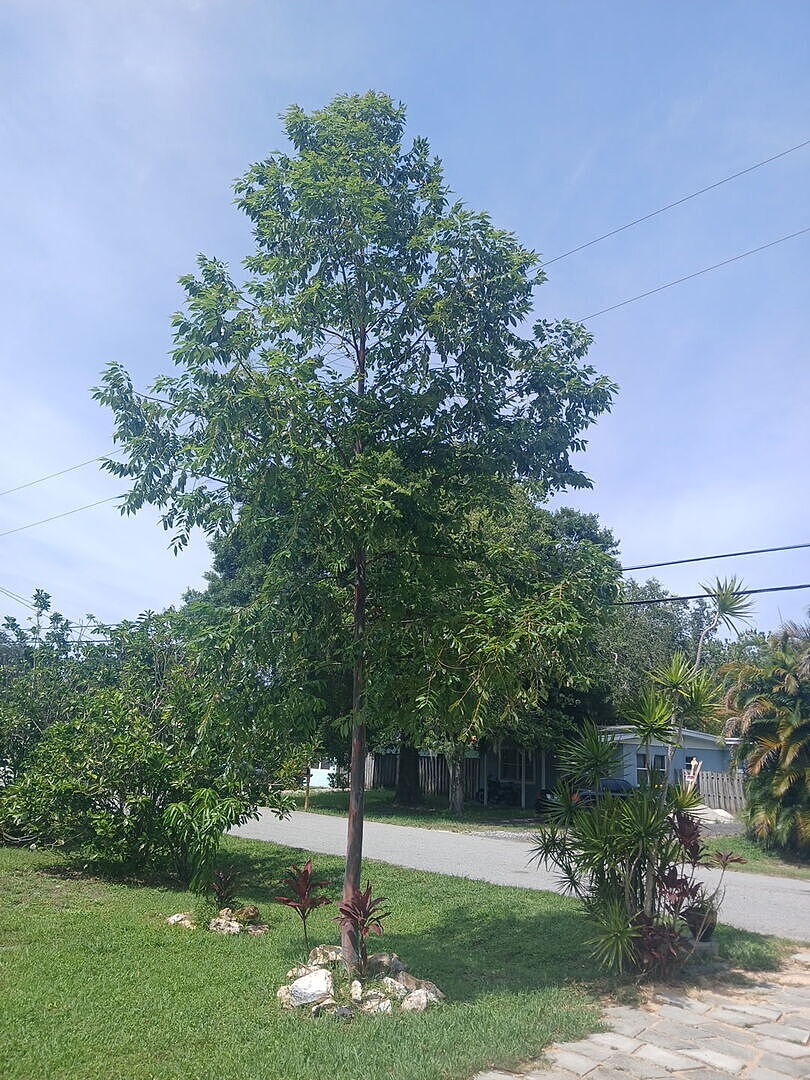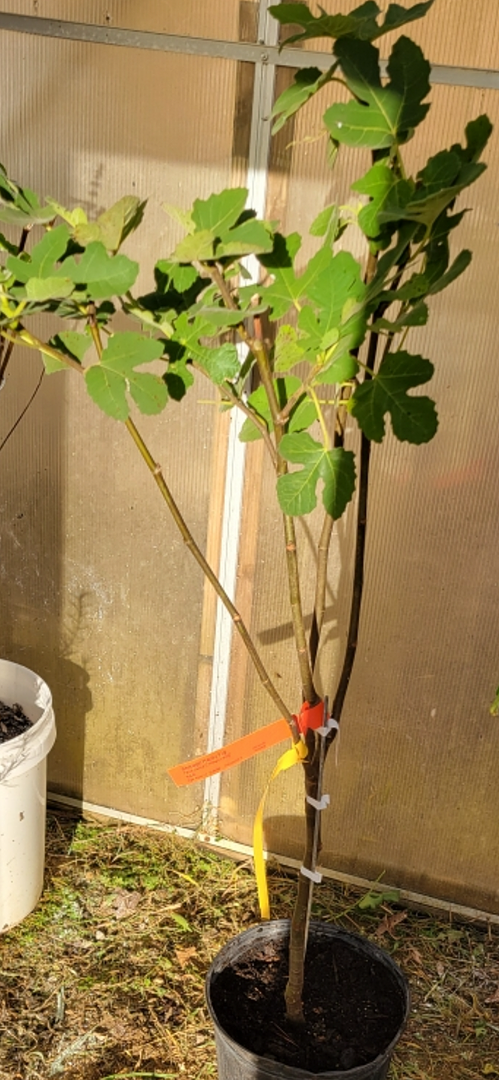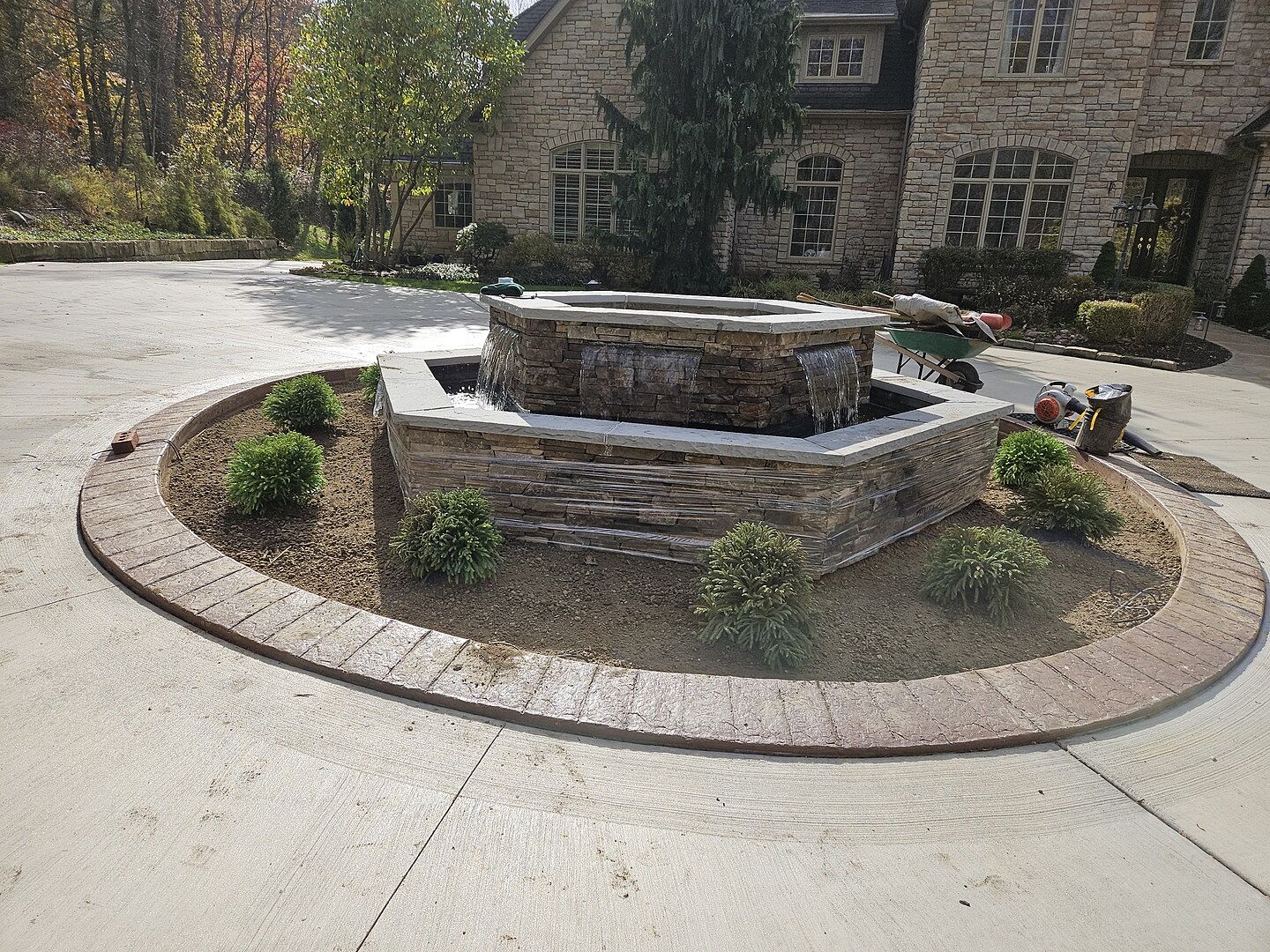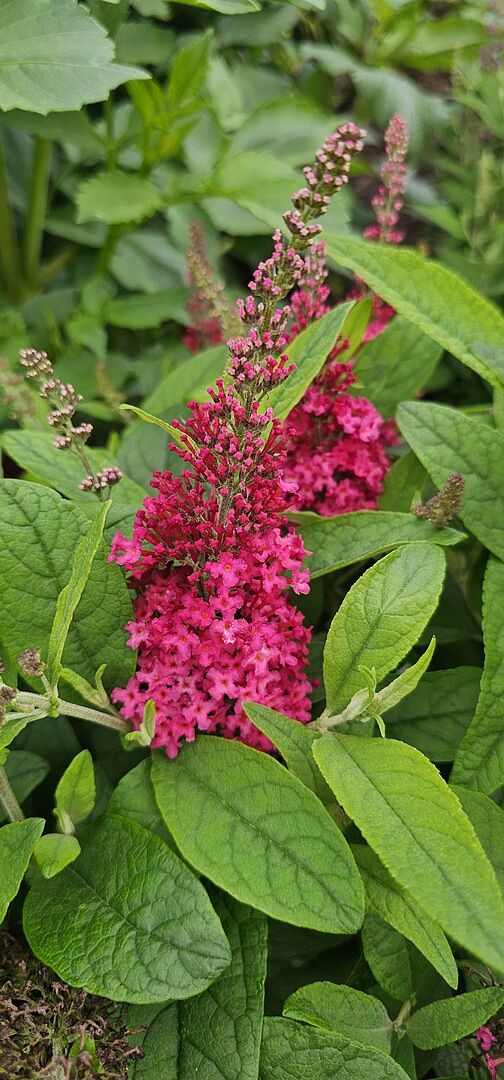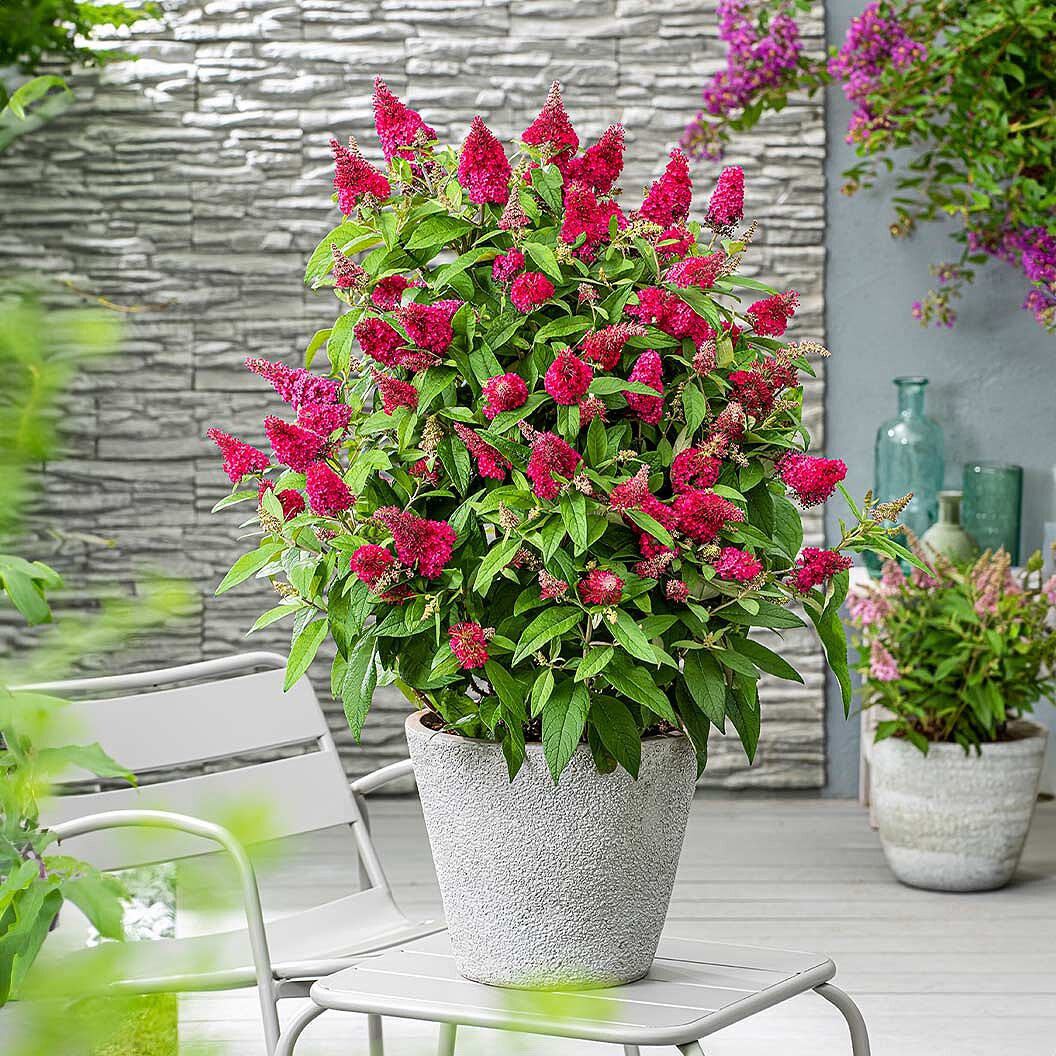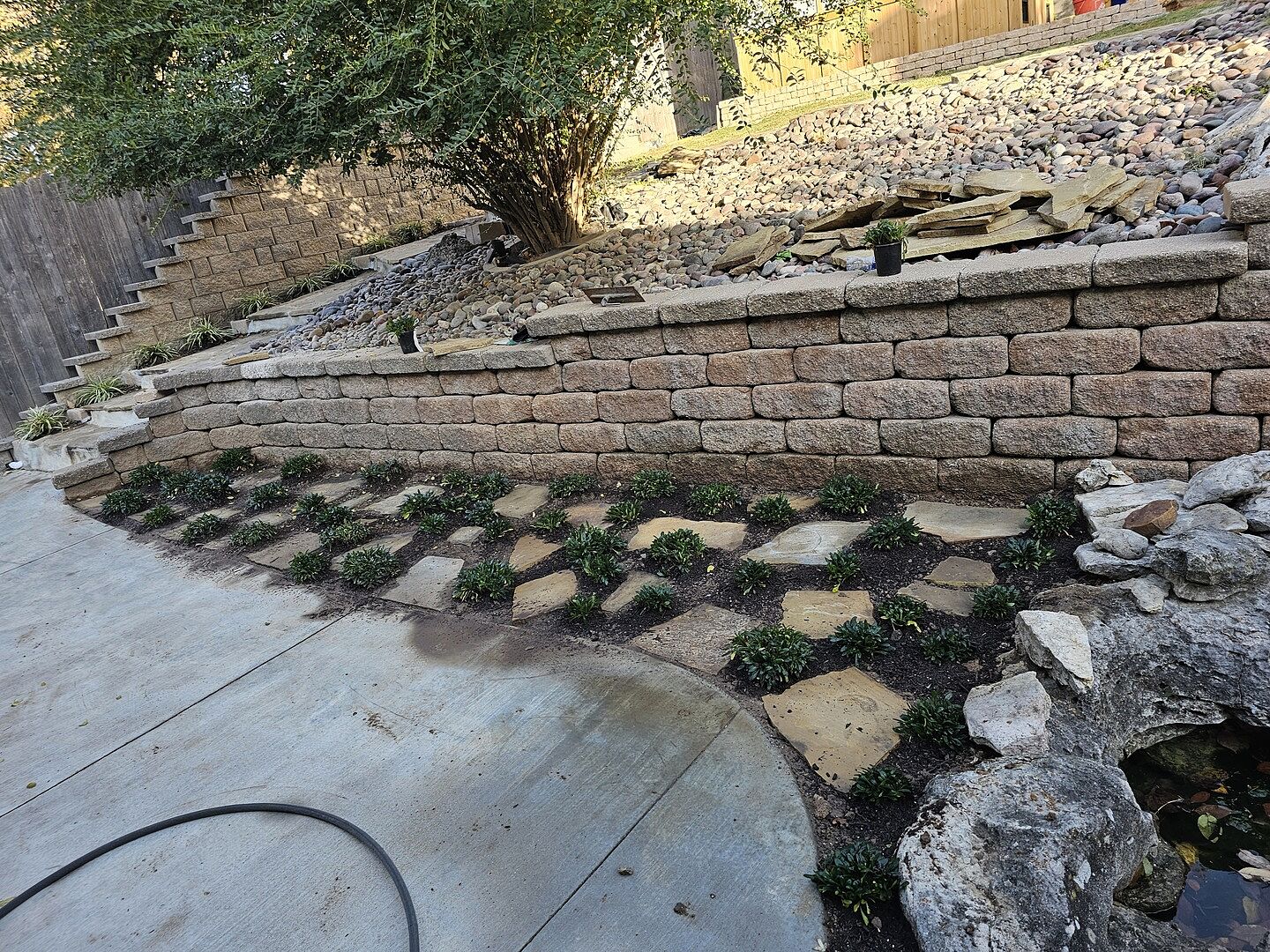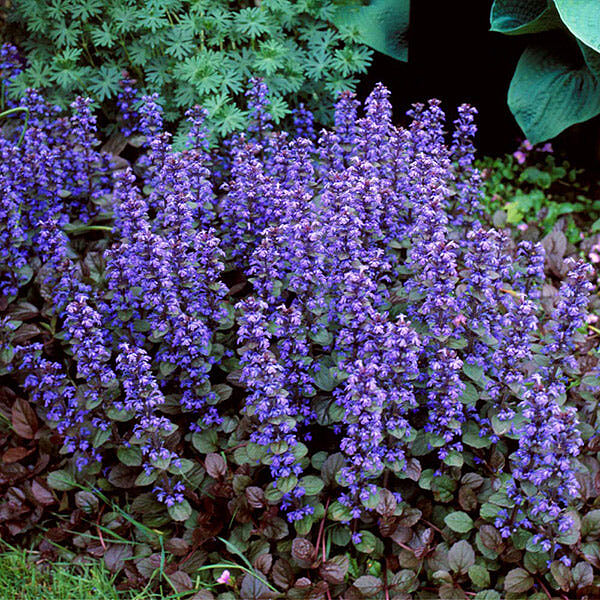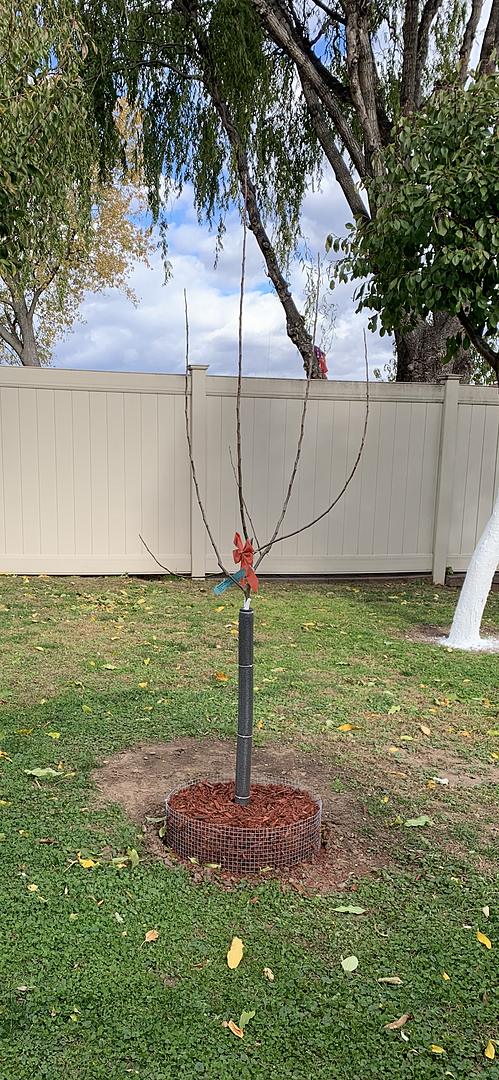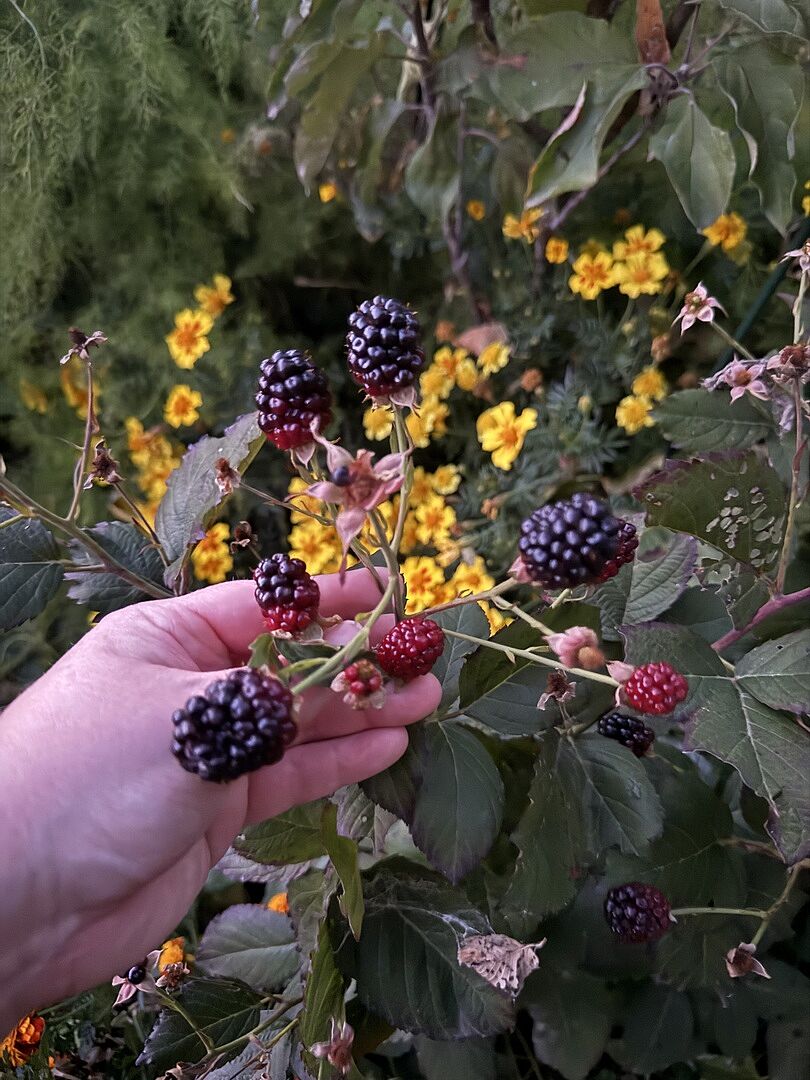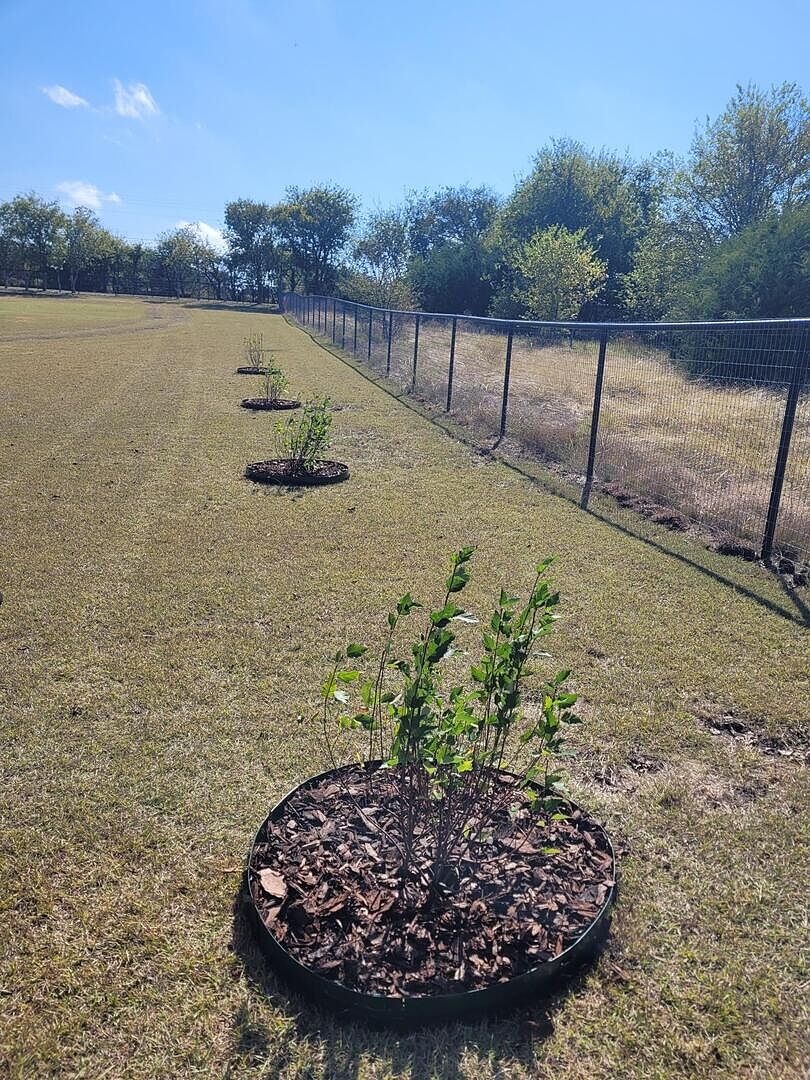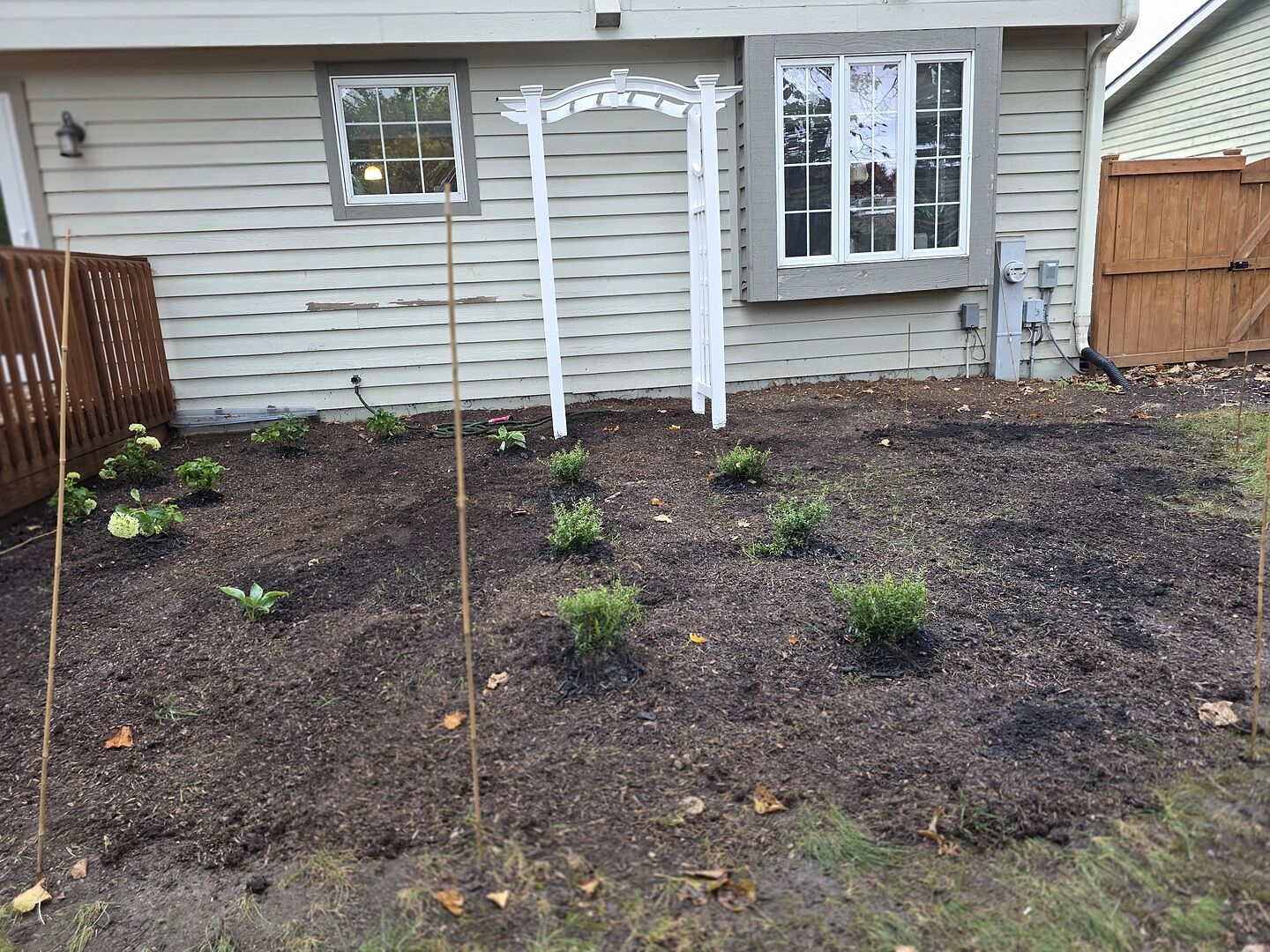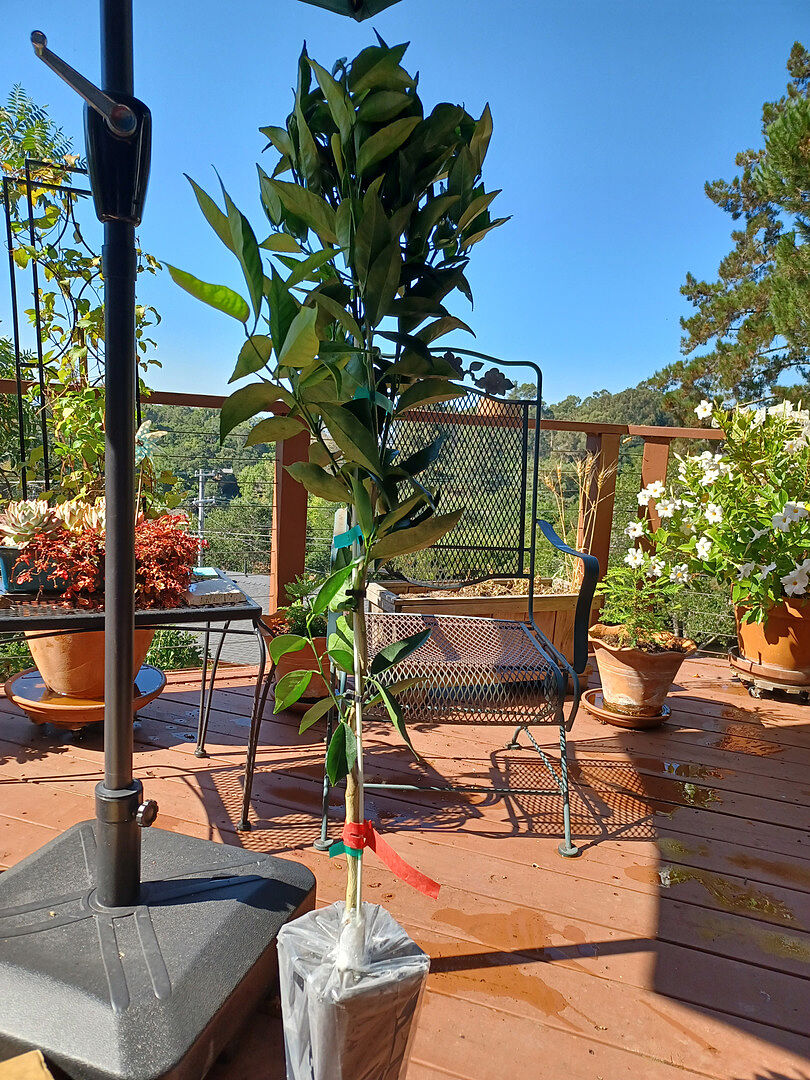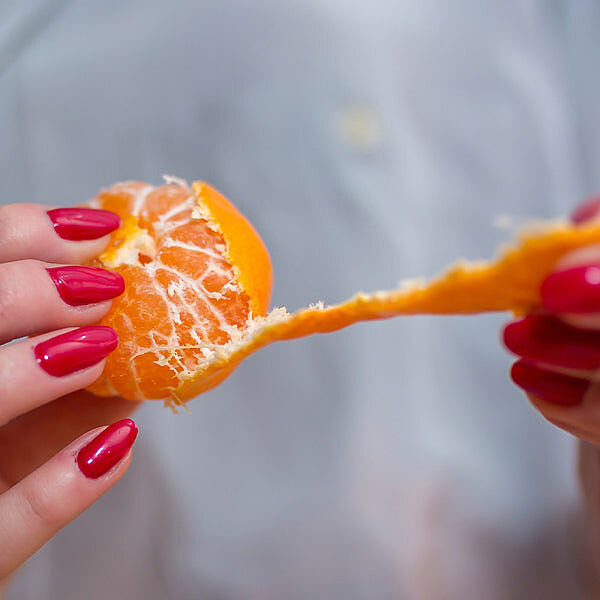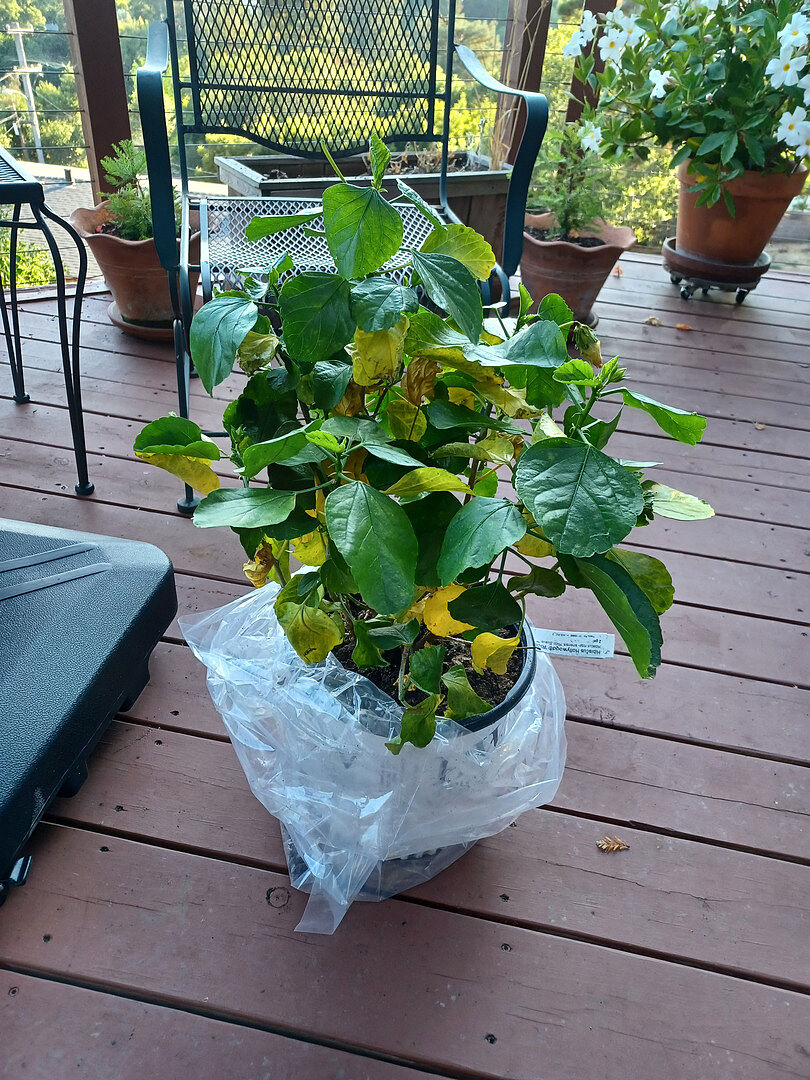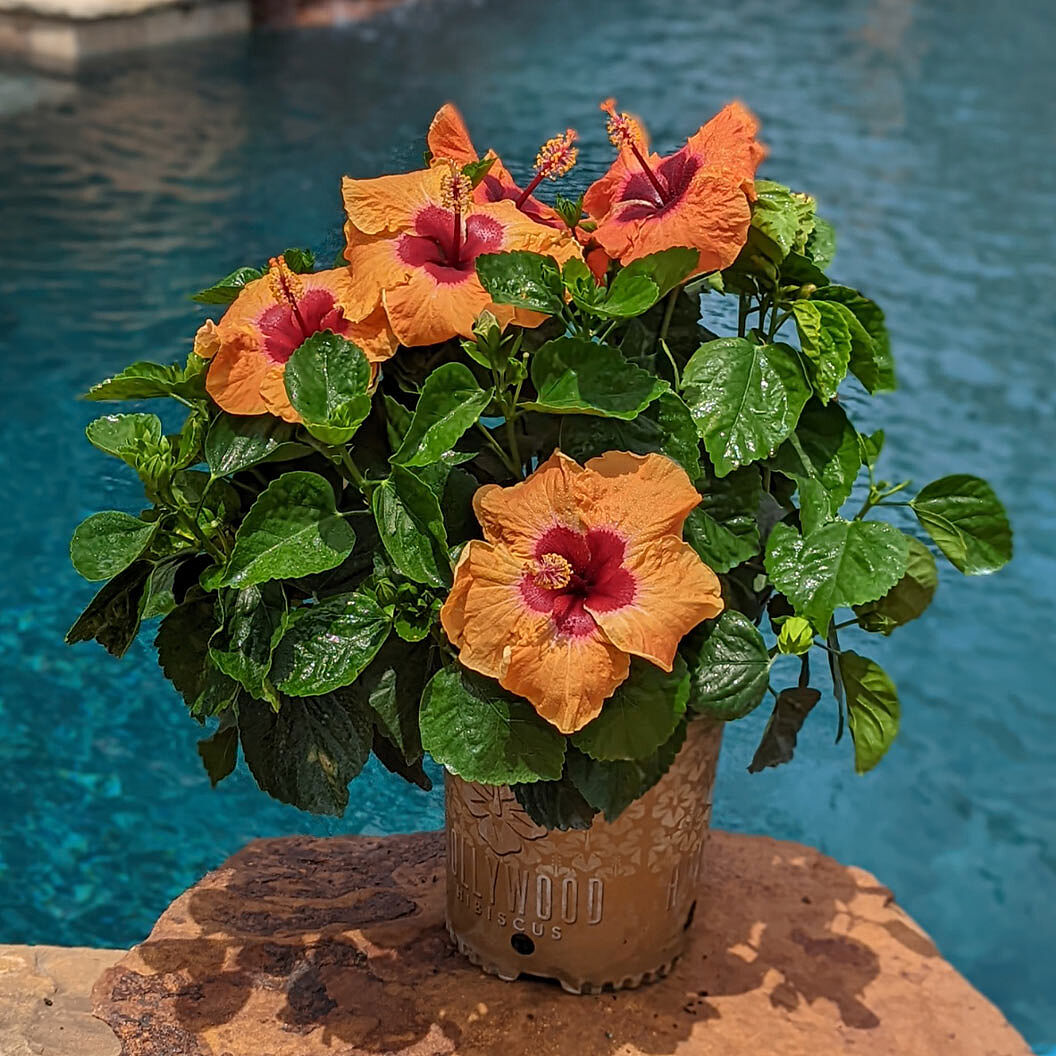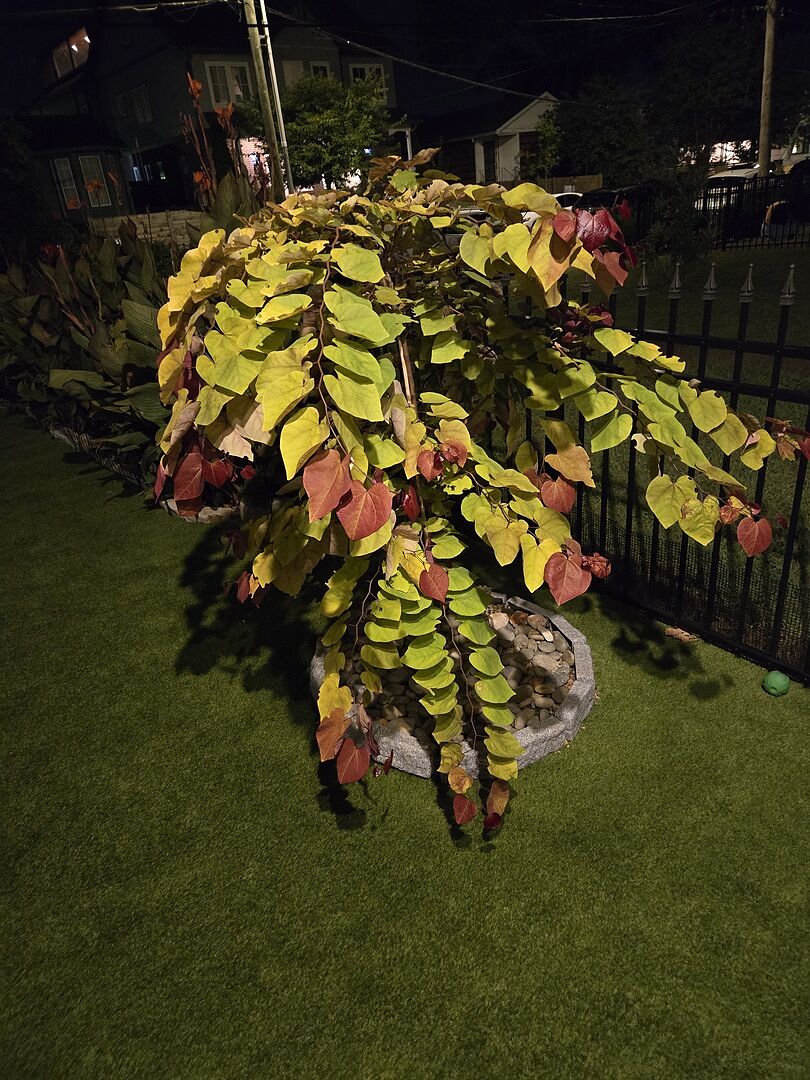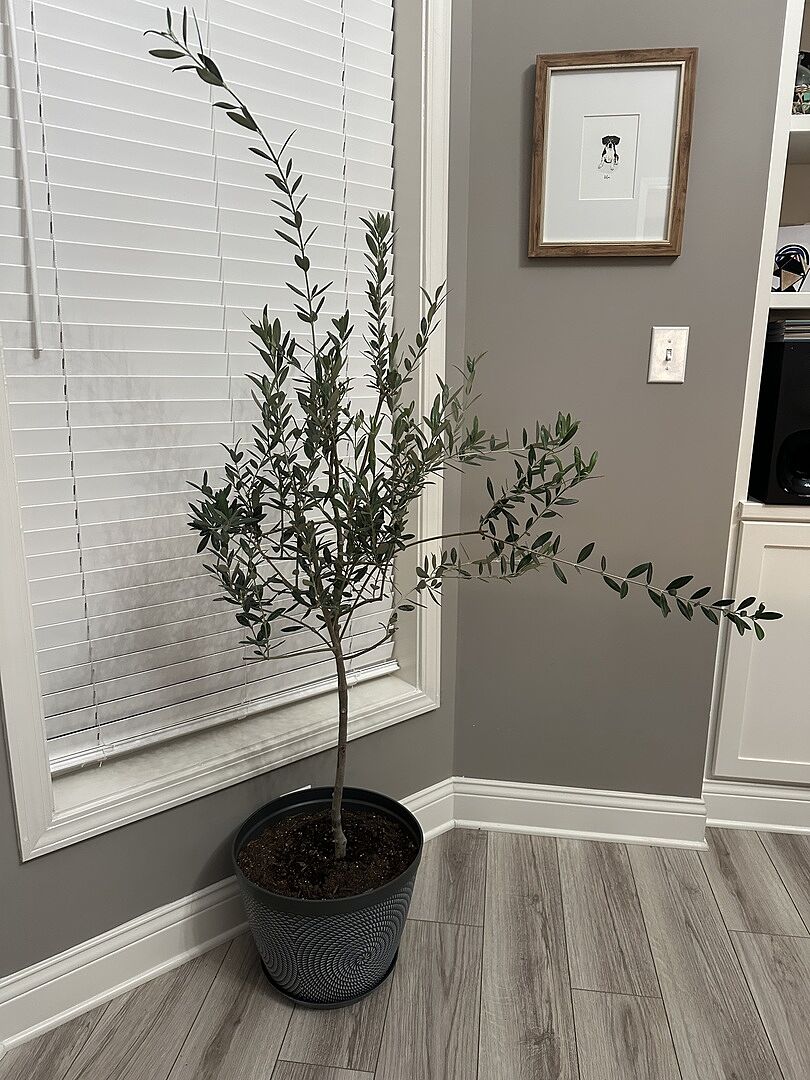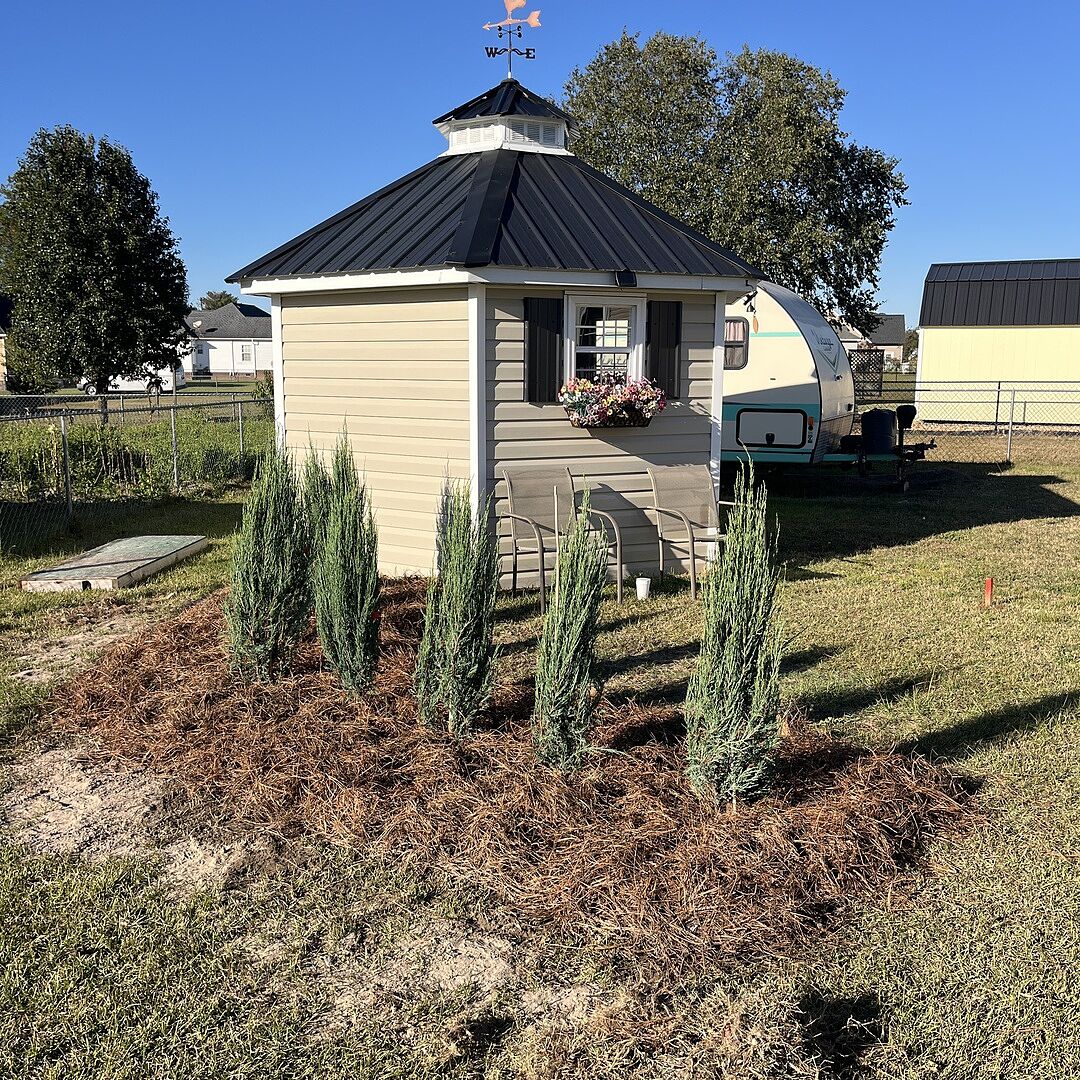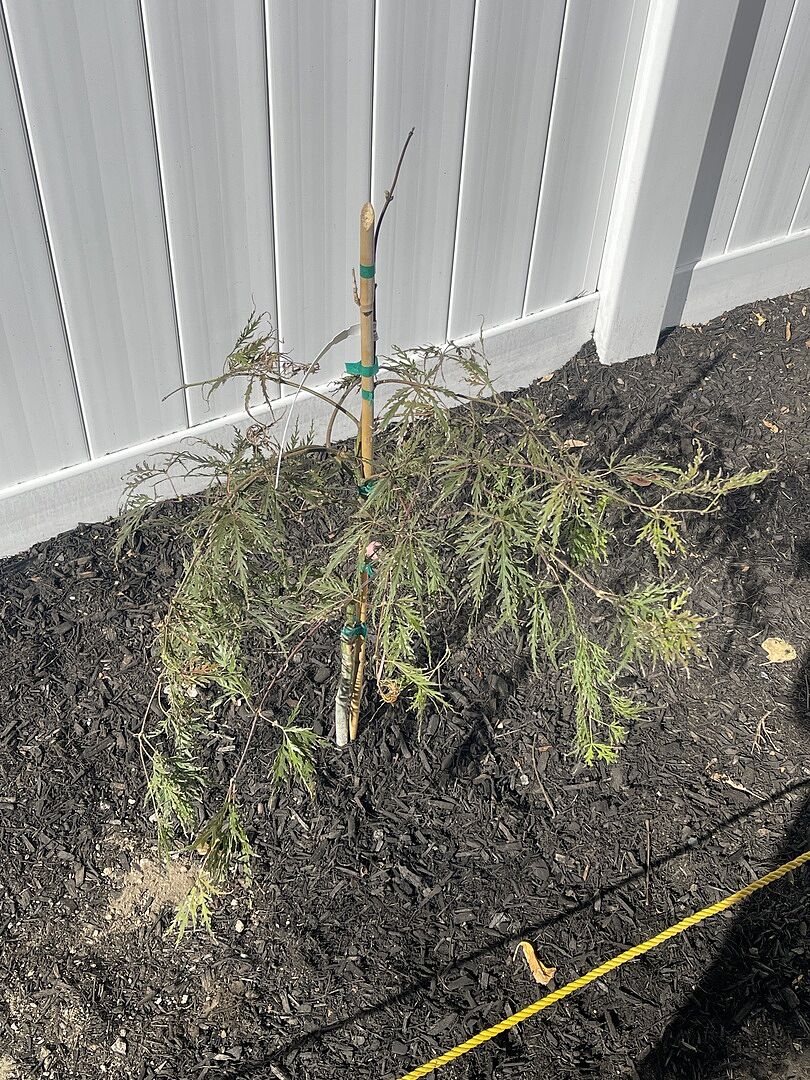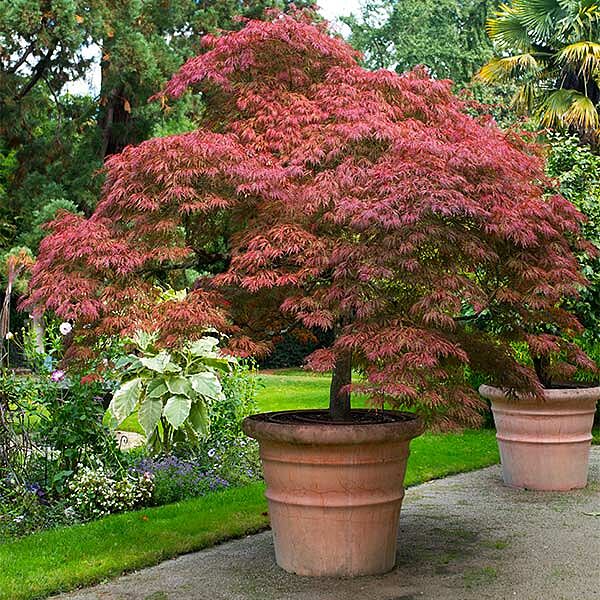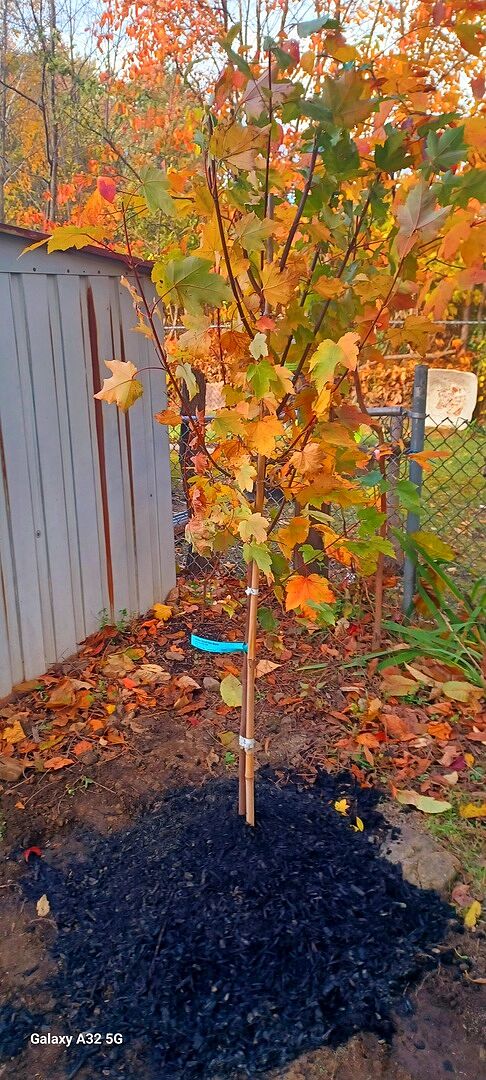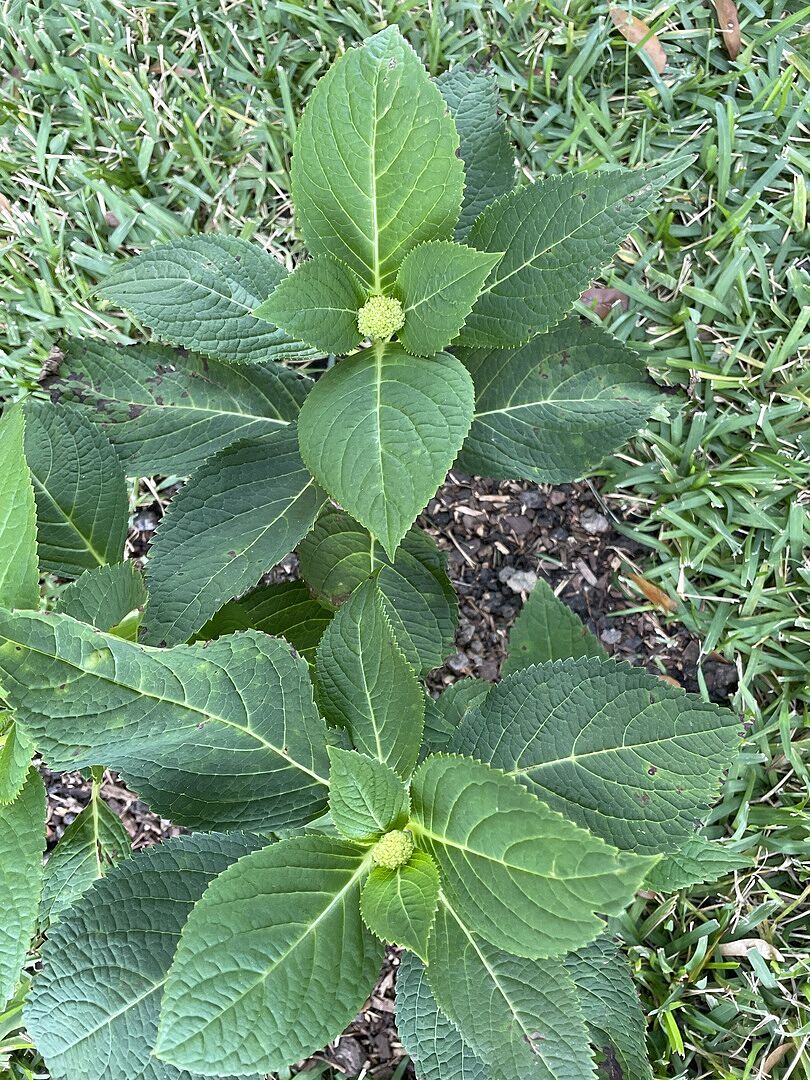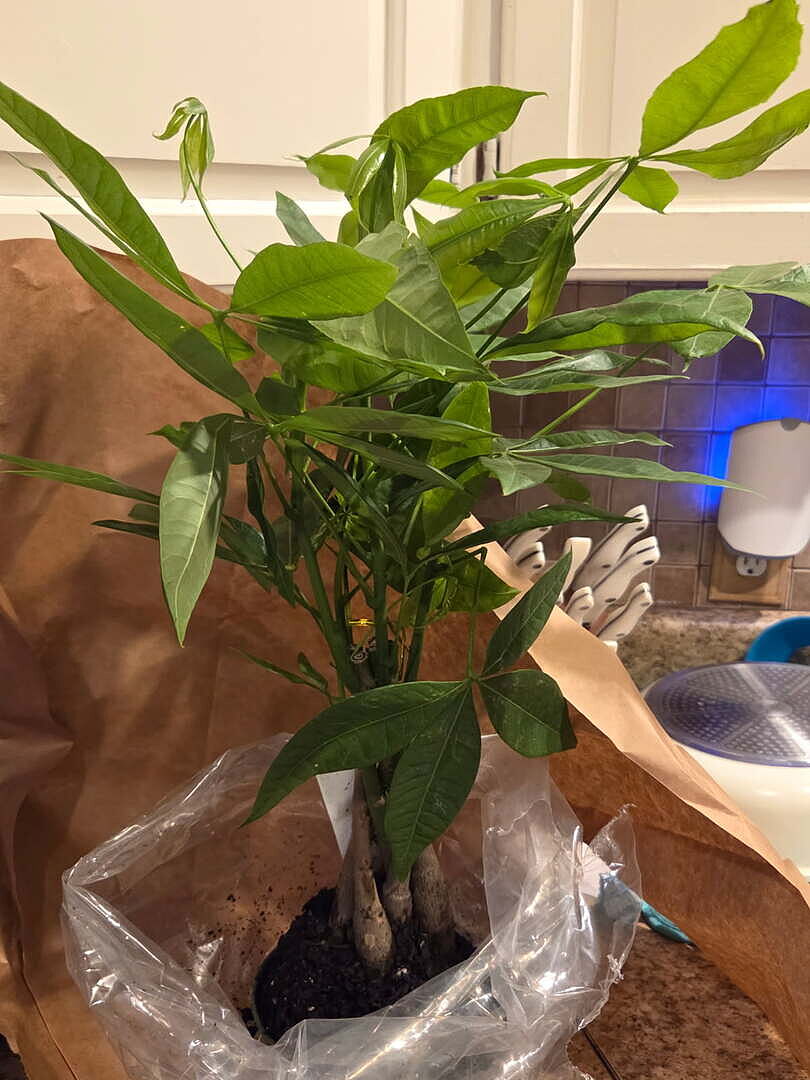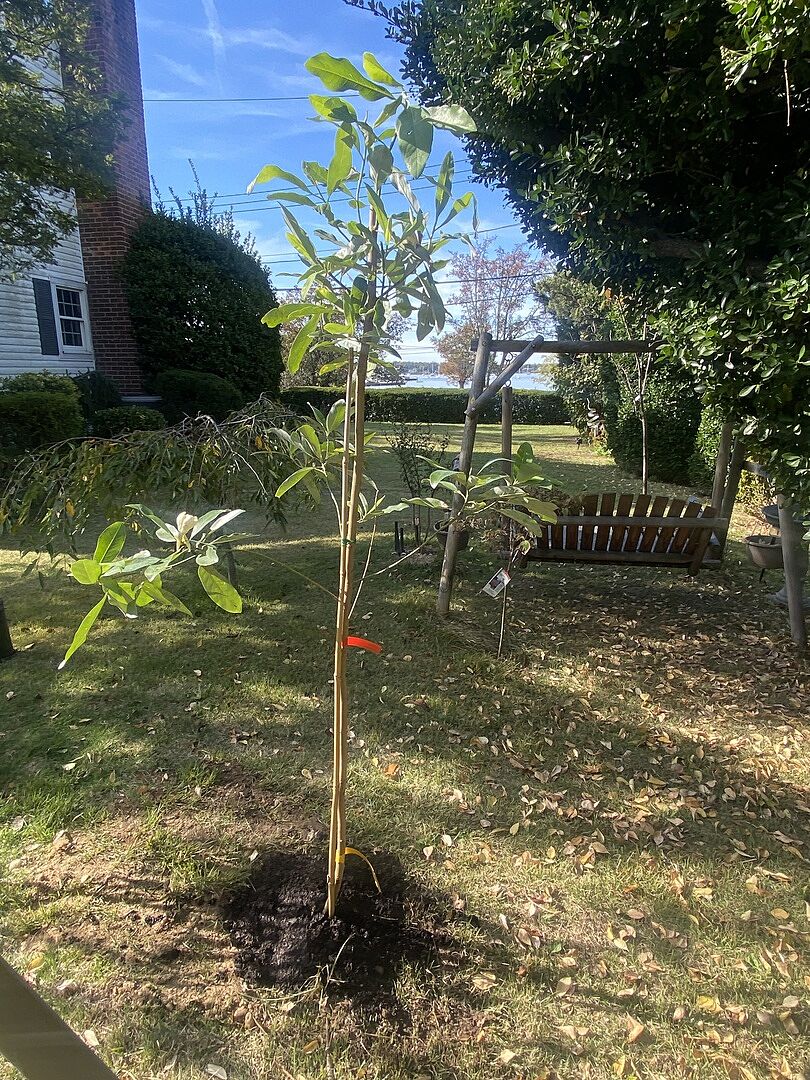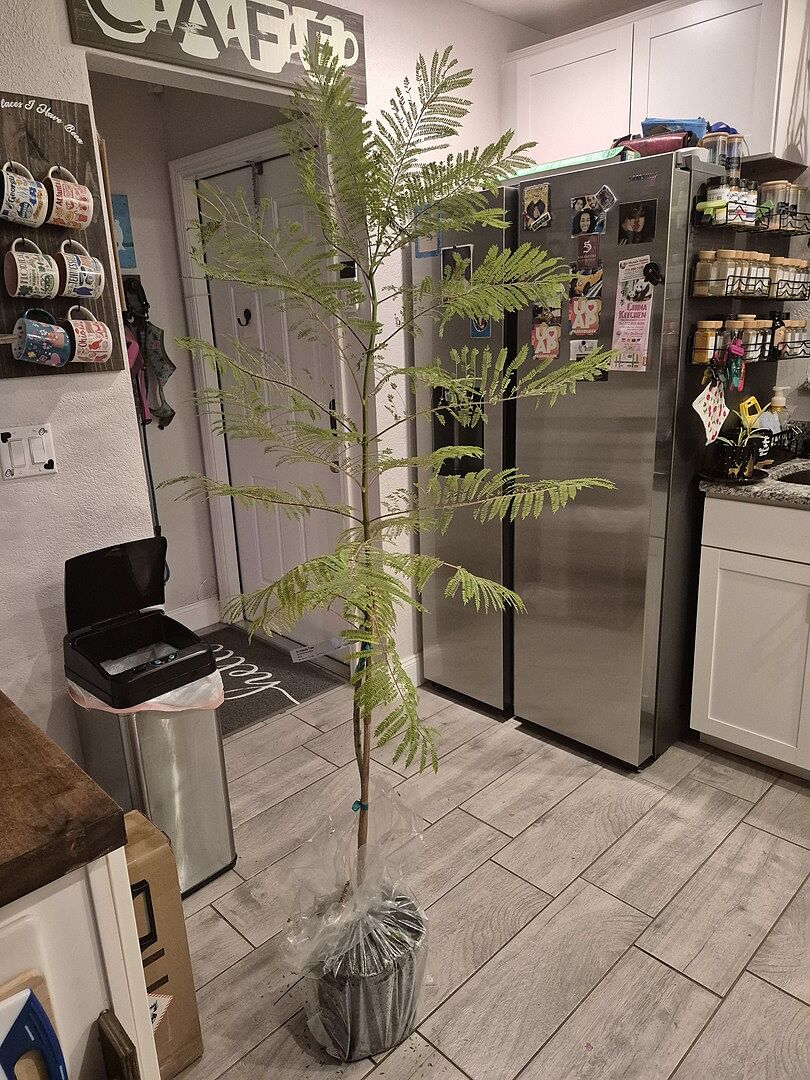Ask a Master Gardener: Keeping Up With Spring
Last updated: May 02 2022

The color for now is YELLOW! Everything in my world is yellow—covered with pollen. If your yard is waking up, the trees are sporting more leaves, and the grass is starting to grow, you, too, are probably covered in pollen. Great for the bees, but I sneeze constantly!
At the same time, all the effort I put into planting flowers is paying off. My peonies are blooming, and the irises are outstanding. The roses, too, are putting on a show. I hope your yard is calling for you to come out and enjoy. You may not be as far along as our area, but you know it’s coming: the eternal hope of spring.

Time for Mulch!
If you haven’t put out the mulch in your yard, do it now. It won’t be long before we’re under the hot, drying sun. I use chipped wood (I can get it free!) for my mulch. As it breaks down, it feeds the soil with nutrients. And it encourages worms, who keep the earth tilled and also add nutrients to the soil as they go through the digestion process (I’m trying to say it nicely).
Before you put the mulch out, take newspaper and lay it in your beds. You can also use cardboard or any biodegradable paper. Wet it, and then place mulch on top. This paper also feeds the soil, encourages worms, and helps reduce weeds in your beds.
Other Tips for Springtime Plant Care
Now that we’re gardening, let’s look at some tips for caring for your plants this spring.
Fertilizer Isn’t Always the Answer
If your plants are looking stressed, don’t assume they need fertilizer. Compacted soil, heat, salt spray, improper placement, and poor planting are more likely causes. When plants are fertilized, they use their energy growing rather than developing roots and defending against insects.
Be Careful With Pesticides
Some pesticides in the garden can be harmful, even if they’re considered natural. If handled improperly, many natural pesticides are toxic to people and animals. Safe storage is vital to prevent accidents. Always read and follow label directions.
Remember: healthy plants can usually withstand and fight insects. Pesticides are useful in many situations, but they can’t correct gardening mistakes or poor plant maintenance.

Measure Your Gardening Additives Carefully
When talking about fertilizer and pesticides, precise measurement of these materials is paramount to the health of your garden. Too much fertilizer can raise the salt content of your soil to toxic levels, which can burn the roots and stunt or kill your plants. Pesticides can also raise the toxicity levels in the soil, causing the same detrimental effects.

Planting Correctly in the Spring
I know everyone has heard, “When planting, dig a hole twice as wide and twice as deep as the root ball.” That’s half true. The hole should be twice as wide as the root ball, but no deeper than the ball itself. This practice encourages the roots to spread out to find water and nutrients, rather than go down.
Clay in Your Garden? Avoid This Common Mistake!
I live in an area with clay soil, so I always mix in compost (not potting soil!) with the original soil to break up the clay. This allows the roots to acclimate to the clay soil before it hits the hard clay. If you live in heavy clay soil, NEVER add sand to break up the clay. That’s the job of compost and compost only. Clay plus sand equals a brick!
Peat moss is another thing NEVER to put in clay. It’s a bog moss, which holds water. Clay also holds water and takes time to dry out. Add the two together, and you’ll have wet roots that will lead to root rot in most plants.
Don’t Forget to Enjoy It
Enjoy the wonders of the earth and the fruits of your labors as spring unfurls in your part of this world.
Written by
Phyllis Ferguson
Phyllis is a Master Gardener growing in Zone 7 in Charlotte, North Carolina. She loves working in her landscape with flowering shrubs and perennials, planting around ponds and water features, and taking care of her dogs and her backyard chickens.
A longtime Master Gardener educator in North Carolina, Phyllis is sharing her best tips for plant selection, gardening, landscape care and more with FastGrowingTrees.com.
Featured Product

Tulip Poplar Tree
290 reviewsStarting at $171.95















